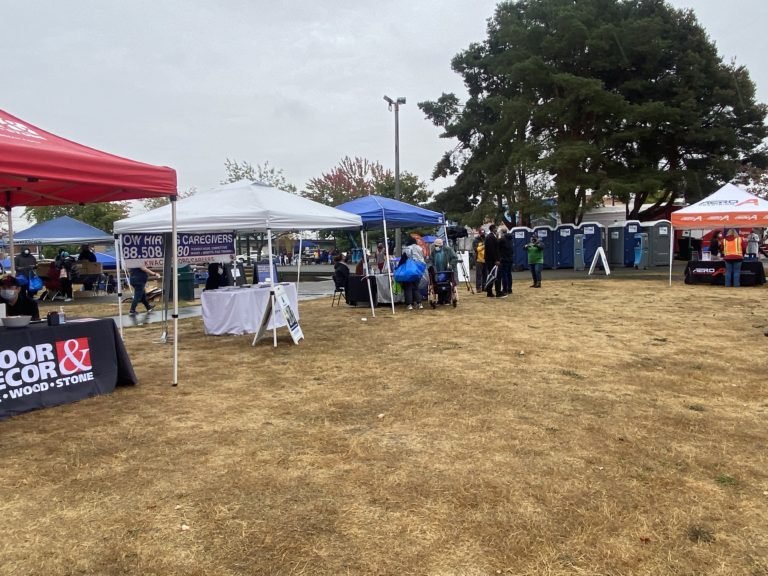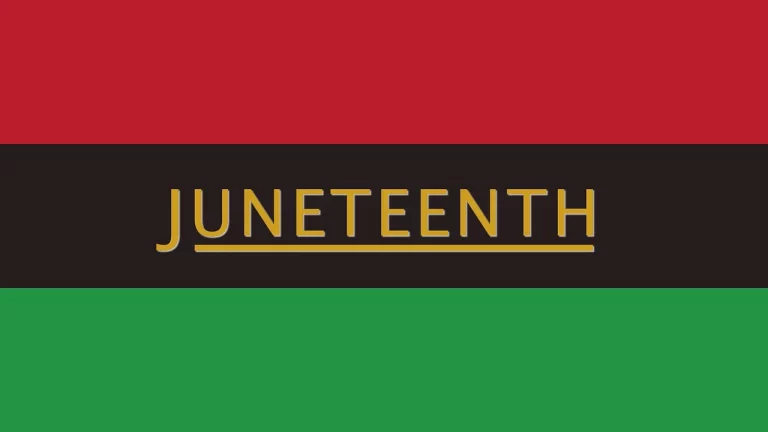Civic Engagement vs Community Engagement
When we look at the comparison of Civic Engagement vs. Community Engagement, it is like comparing They vs. Them. We all know who “they” and “them” are, but we can’t describe it outside of our personal views. Why is that?
- When “community” is replaced with “civic,” we see a dramatic shift in popularity in the younger generation.
- The use of “civic engagement” has remained stable, and while it is not as popular in as many demographics as “community engagement,” it looks like it is here to stay for the time being.
- When “citizen” is inserted instead of “community,” we see a dramatic decline in usage and a dramatic shift in who wants to be a part of the work.
Civic Engagement
Civic engagement occurs when active participants build and strengthen our communities, whether defined as a place or a shared identity or interest. Civic engagement can involve political and non-political activities. It’s volunteerism, advocacy, and activism. It’s a way for us to participate in self-governance, from interactions with the government to voluntary associations and everything in between. At its best, civic engagement provides personal fulfillment and builds trust throughout communities you want to be involved in, and the growth becomes personal. However, community engagement can take us much further because the transition isn’t about you and instead grows through you and flourishes into the community. This approach helps us feel connected to others, our community, and the institutions that serve us.
Community Engagement
Community engagement relies on principles that respect the right of all community members to be:
- Informed
- Consulted
- Involved
- Empowered
Community engagement is understanding that collaboration is the new inclusion. The only way to stay true to that is by casting a broader net for individuals and families to feel a belonging by focusing on cross-sector networking, evaluation, and the transferal of ideas. By doing this, we place a premium on fostering and enhancing the community’s trust for long-term sustainable engagement. We have to become the bridge, no longer the barrier.








